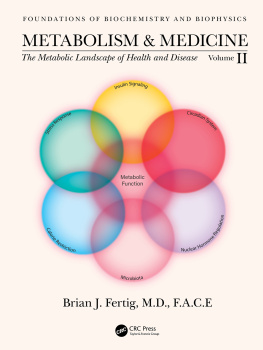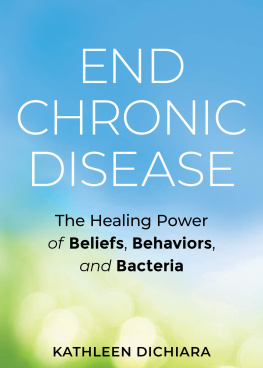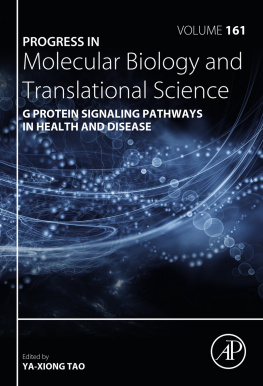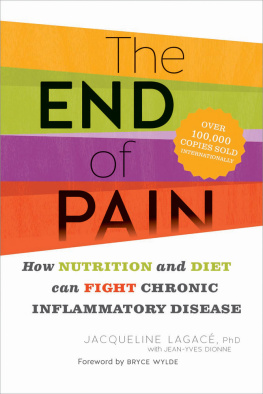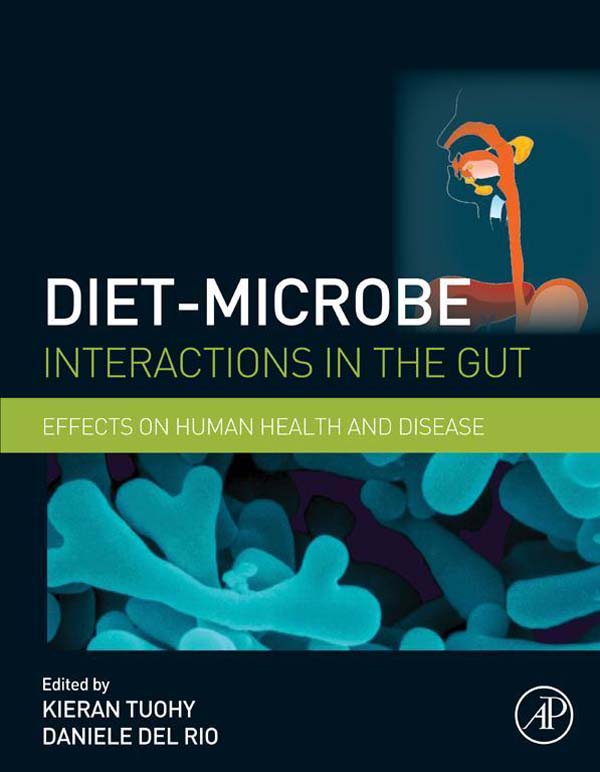Table of Contents
List of tables
- Tables in Chapter 3
- Tables in Chapter 5
- Tables in Chapter 6
- Tables in Chapter 7
- Tables in Chapter 9
- Tables in Chapter 10
- Tables in Chapter 11
- Tables in Chapter 12
- Tables in Chapter 13
List of illustrations
- Figures in Chapter 1
- Figures in Chapter 2
- Figures in Chapter 3
- Figures in Chapter 4
- Figures in Chapter 5
- Figures in Chapter 6
- Figures in Chapter 7
- Figures in Chapter 8
- Figures in Chapter 9
- Figures in Chapter 11
- Figures in Chapter 12
- Figures in Chapter 13
- Figures in Chapter 14
- Figures in Chapter 15
Landmarks
Table of Contents
Diet-Microbe Interactions in the Gut
Effects on Human Health and Disease
Edited by
Kieran Tuohy
Department of Food Quality and Nutrition, Research and Innovation Centre, Foundation Edmund Mach (FEM), San Michele all Adige, Trento, Italy
Daniele Del Rio
Department of Food Science, University of Parma, Parma, Italy

Copyright
Academic Press is an imprint of Elsevier
32 Jamestown Road, London NW1 7BY, UK
225 Wyman Street, Waltham, MA 02451, USA
525 B Street, Suite 1800, San Diego, CA 92101-4495, USA
Copyright 2015 Elsevier Inc. All rights reserved
No part of this publication may be reproduced, stored in a retrieval system or transmitted in any form or by any means electronic, mechanical, photocopying, recording or otherwise without the prior written permission of the publisher
Permissions may be sought directly from Elseviers Science & Technology Rights Department in Oxford, UK: phone (+44) (0) 1865 843830; fax (+44) (0) 1865 853333; email: for further information
Notice
No responsibility is assumed by the publisher for any injury and/or damage to persons or property as a matter of products liability, negligence or otherwise, or from any use or operation of any methods, products, instructions or ideas contained in the material herein. Because of rapid advances in the medical sciences, in particular, independent verification of diagnoses and drug dosages should be made
Medicine is an ever-changing field. Standard safety precautions must be followed, but as new research and clinical experience broaden our knowledge, changes in treatment and drug therapy may become necessary or appropriate. Readers are advised to check the most current product information provided by the manufacturer of each drug to be administered to verify the recommended dose, the method and duration of administrations, and contraindications. It is the responsibility of the treating physician, relying on experience and knowledge of the patient, to determine dosages and the best treatment for each individual patient. Neither the publisher nor the authors assume any liability for any injury and/or damage to persons or property arising from this publication.
British Library Cataloguing-in-Publication Data
A catalogue record for this book is available from the British Library
Library of Congress Cataloging-in-Publication Data
A catalog record for this book is available from the Library of Congress
ISBN: 978-0-12-407825-3
For information on all Academic Press publications visit our website at elsevierdirect.com
Typeset by MPS Limited, Chennai, India
www.adi-mps.com
Printed and bound in USA
14 15 16 17 10 9 8 7 6 5 4 3 2 1

Foreword
Recent metagenomic studies are confirming what pioneers in gut microbiology have been saying for a long time, that diet:microbe interactions in the gut are critical for human health and disease. Overcoming the limitations of culture based microbiology to study the ecology of the mainly anaerobic, culture recalcitrant and fastidious microorganisms present within the human gut, the post genomics technologies of metagenomics and metabolomics are revealing the intricate relationship between microbiota species architecture and metabolic output, and diverse host physiological functions linked to health and chronic non-communicable diseases. The gut microbiota is now emerging as an important metabolic and immunological organ in its own right, rivalling (and overcoming) the liver in metabolic diversity and activity, and playing a key role in immune education and homeostasis. This newly recognised metabolic and immunologically paramount organ is closely linked to other bodily systems, including adipose tissue, muscle, and even the brain, through the flux of metabolites produced in, and absorbed from, the gut. Indeed, the gut:brain axis is currently receiving much attention not only for its role in regulating satiety and whole body energy balance, but also for its involvement in regulating brain development, neurological diseases including autism, depression and dementia, and even mood and sleep patterns. We now know that aberrant microbiota profiles and/or metabolite production are associated with a range of chronic diseases characterised by loss of metabolic homeostasis and unresolved systemic inflammation, including the diseases of obesity, diabetes (type 1 and 2), metabolic syndrome, non-alcoholic fatty liver disease, as well as some cancers, especially colon cancer, and many autoimmune diseases, where unresolved inflammation is thought to contribute to autoantibody formation and trigger disease. While the gut microbiota have been implicated in the production of toxic compounds or in the activation of pro-carginogens ingested with food (e.g. cooked food mutagens, xenobiotics and mycotoxins), many microbial metabolites including breakdown products derived by plant polyphenols, short chain fatty acids, deconjugated bile acids returning from the gut via the enterohepatic circulation, and B vitamins produced by bifidobacteria are emerging as key beneficial mediators of human cellular activity throughout the body. These metabolites, which comprise in large part the metabolic flux from the colonic microbiota, have been implicated in regulating glucose and fat uptake and metabolism, energy storage, thermogenesis, host hormone secretion, inflammatory molecule production, and epigenetic processes via histone deacetylase inhibition on the one hand and acetylation and methylation, on the other. In this framework of harmful or beneficial bio-activation of dietary components exerted by the gut microbiota, the emerging remarkable variability in its composition helps explaining the parallel variability observed in the way we react to food intake. Our ability to obtain the maximum benefit from a healthy diet derives not only from our genes, but also from the presence or absence of specific microbial species in our gut. Moreover, it appears that our nutritional anthropology plays an important role in shaping not only the relative abundance of the gut bacteria or also apparently microbiota composition. Distinct microbiome profiles in distinct populations from diverse corners of the world and accustomed to very different foods, diets and life-styles highlight the need to act quickly to preserve the natural history of our gut microbiota before the onslaught of dietary globalization, bereft of safe microbial passengers and denuded of fibers, prebiotics and plant polyphenols.


